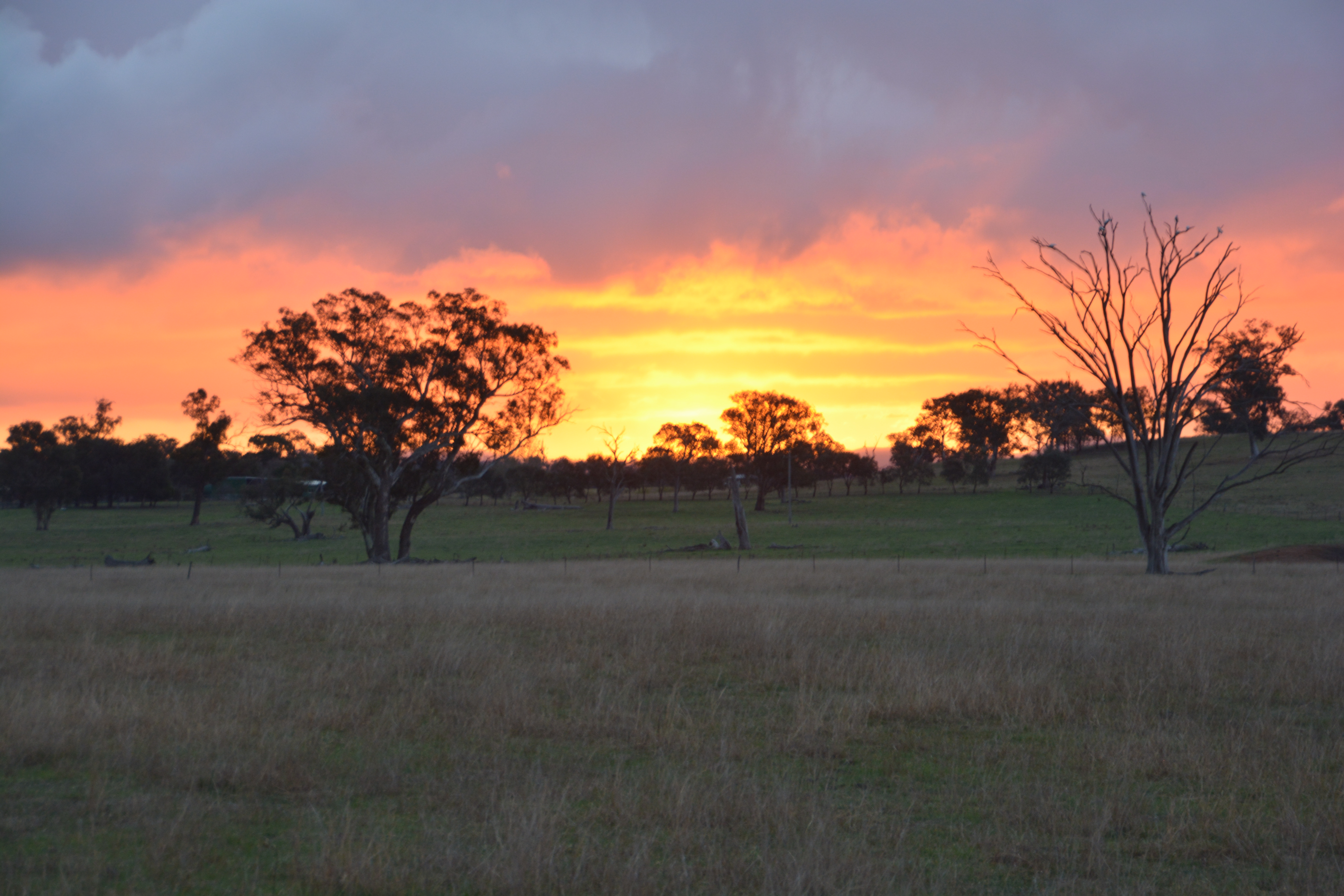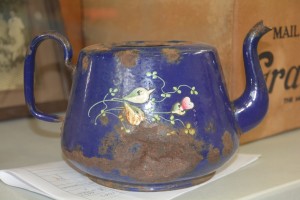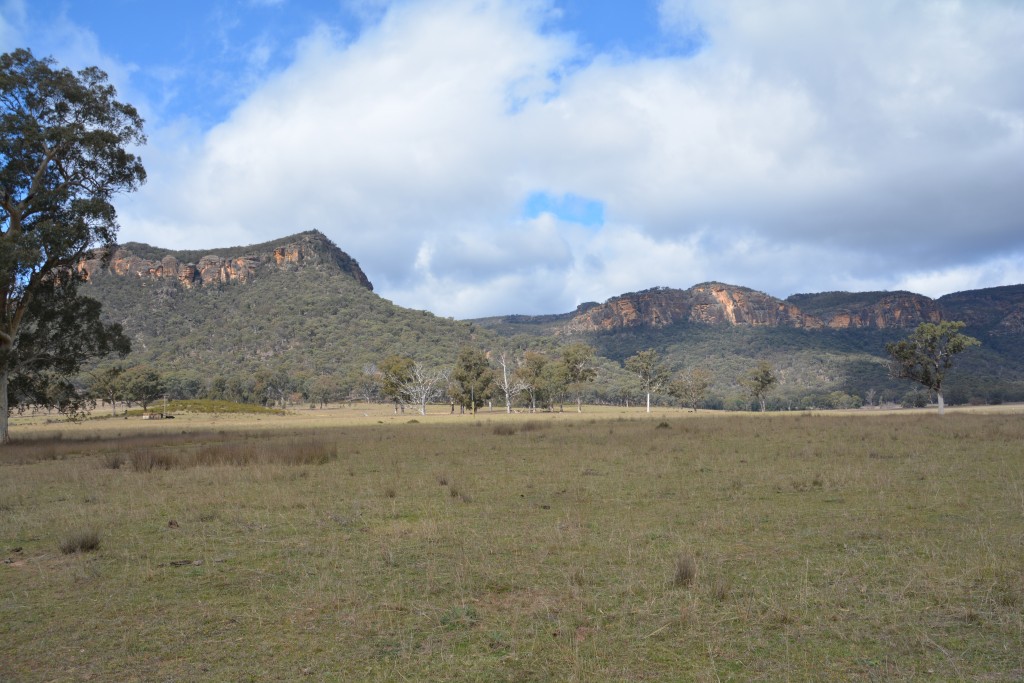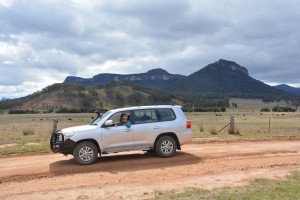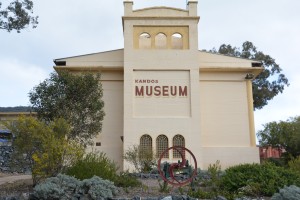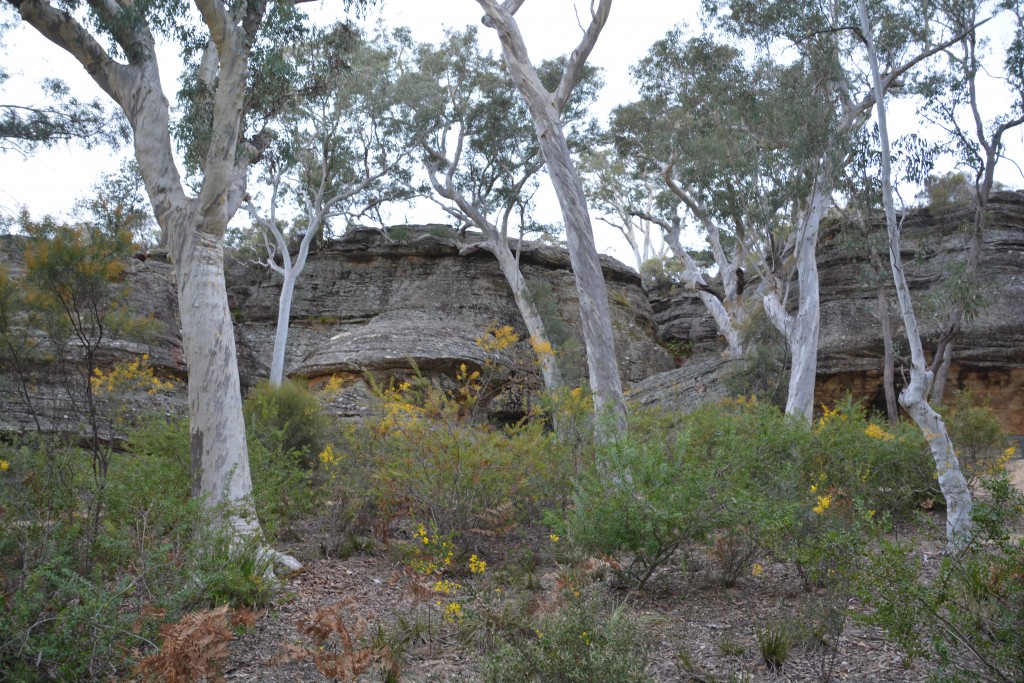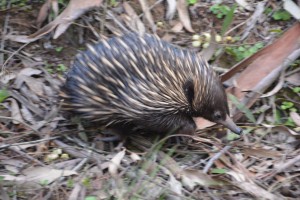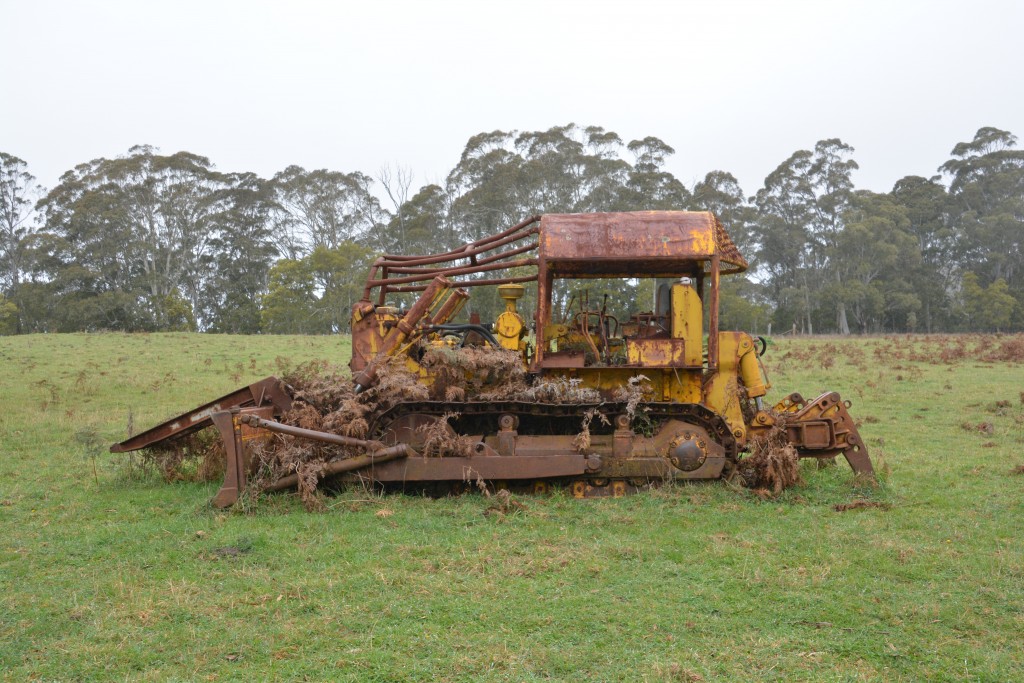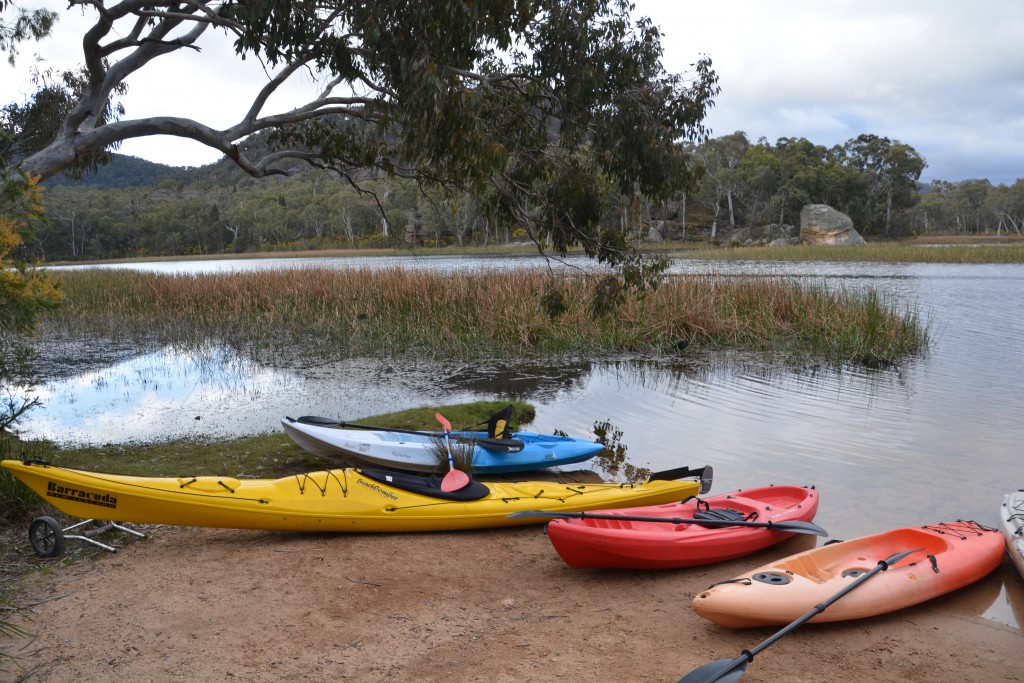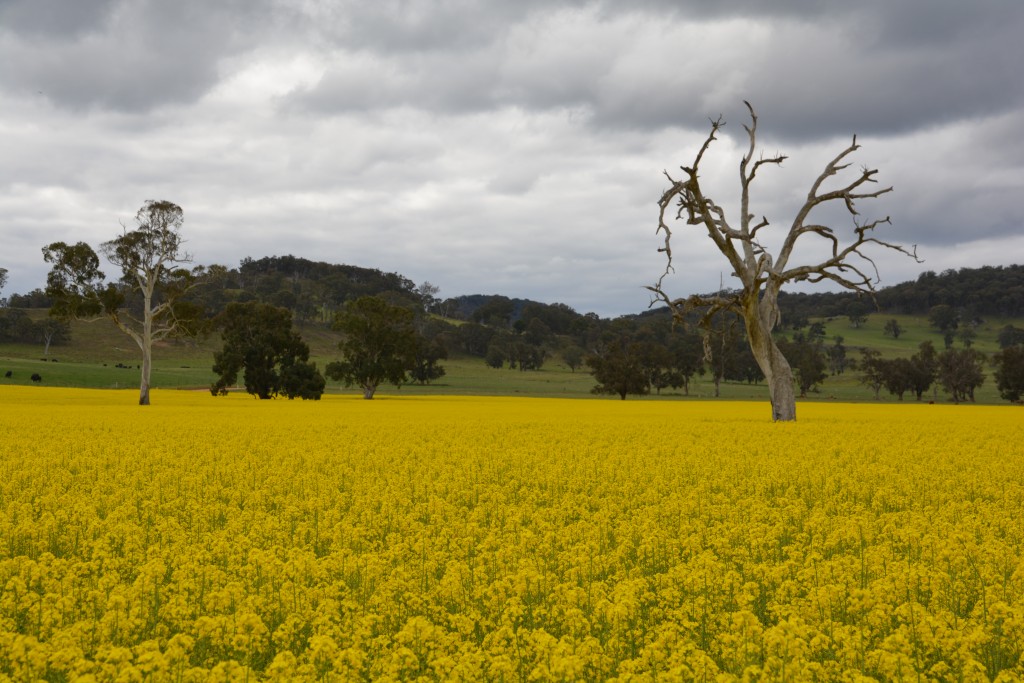Searching for Jessie
The colourful early stages of Australian history are filled with the folklore of bushrangers – men who lived beyond the law, surviving on their wits and excellent bush skills while robbing people, stealing cattle and occasionally killing those who would try to stop them. These were desperate times for many people who were trying to survive in a harsh land. But today’s Australians have taken very kindly to these unique characters with poems, songs, movies and a special place in the country’s history. Names such as ‘Brave’ Ben Hall, Frank Gardiner, the Clarke brothers, the colourfully nicknamed Captain Thunderbolt and the most famous of them all – Ned Kelly – are part of what makes Australia, well, Australia.

Jessie was given away to the circus as a young girl by parents who couldn’t afford to keep her. As a key player of a touring circus party she learned amazing riding and shooting skills and may have been the Australian women’s roughriding champion in 1906. She may have married more than once, possibly killed one of her husbands, had a child who she had to give away because of one of her trips to prison, escaped the law and society in general by living in the remote bush, stealing cattle and fooling the local police with the help of locals who supported her.
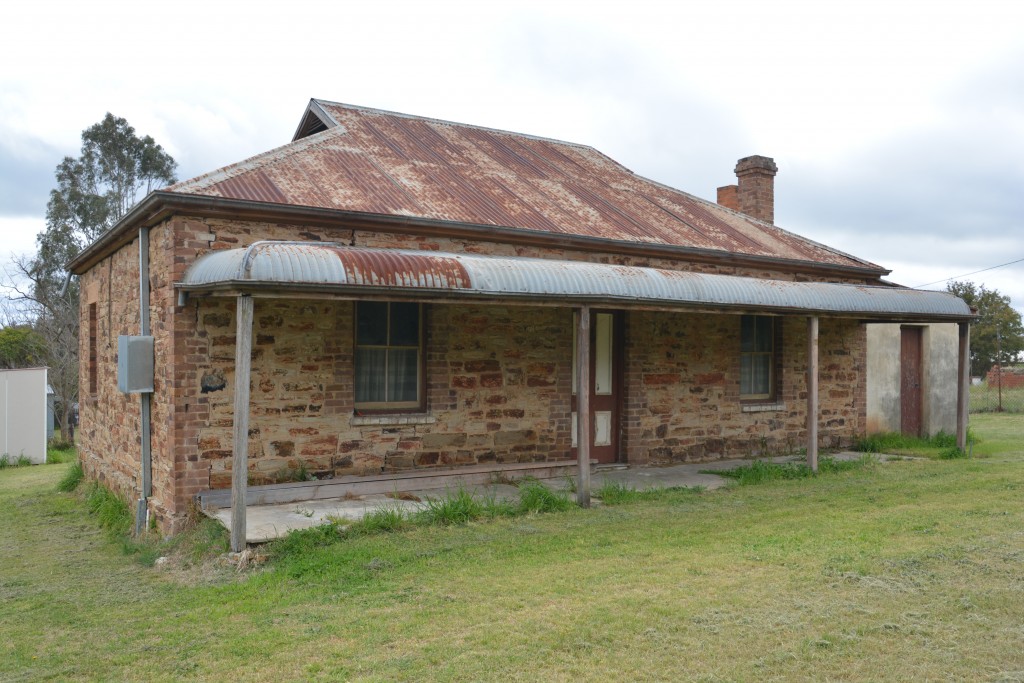
A renovated building in Rylstone dating back more than 100 years – the same time Jessie would have passed through
Jessie’s amazing life came to an end in 1936 at the age of 46 when she died of a brain tumour and she was buried in a pauper’s grave. Through the interest of a local historian who researched Jessie’s life and wrote a book in the 1990’s a string of events were started that led to her grand daughter being ‘discovered’ (she knew nothing of Jessie or her connection) and another more accurate and factual book being written. The mysterious story of Jessie, made more so by her many deceits and aliases to stay out of the public’s eye, now is probably as well known as it ever will be. Stay tuned for the movie!
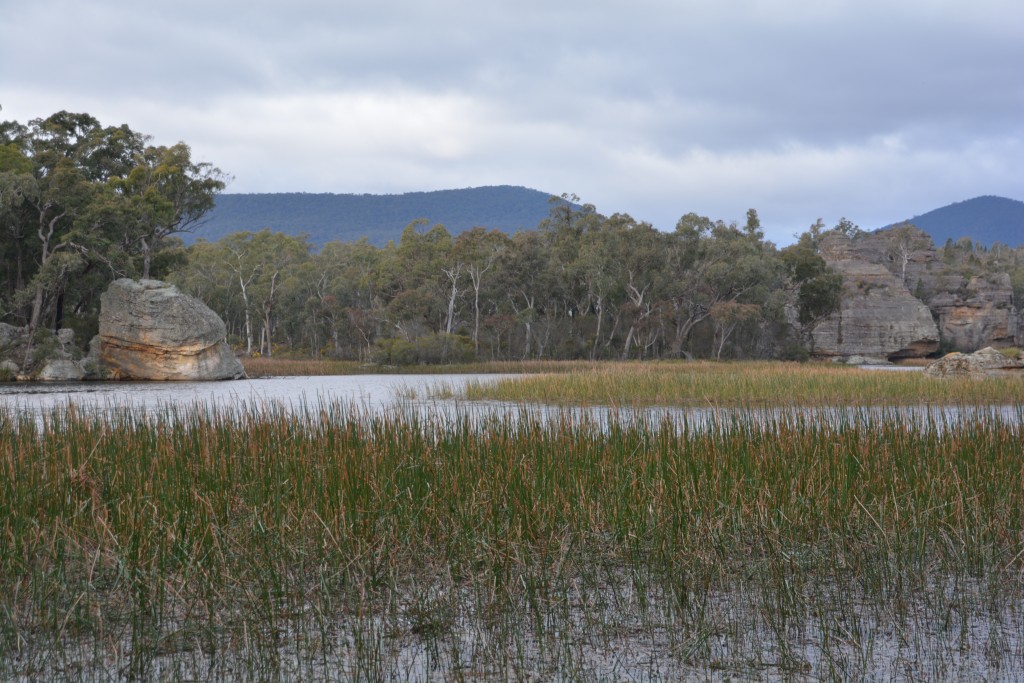
The beautiful area with the not-so-beautiful name of Dunns Swamp. Jessie was said to visit this area when she was on the run
Jessie spent most of her adult life in the remote mountains surrounding beautiful Capertee Valley, only four hours west of Sydney. Capertee Valley, the self-proclaimed ‘widest canyon in the world’ is a magnificent setting of vast rolling paddocks filled with cattle and sheep surrounded by thick rugged terrain and high escarpment walls. Jessie lived and flourished on the slopes of nearby Nullo Mountain which is now mostly national park and world heritage land. It is a remote and incredibly rugged land with thick bush and endless steep terrain that only an exceptional bushman or desperate person could survive in – and that would be Jessie.
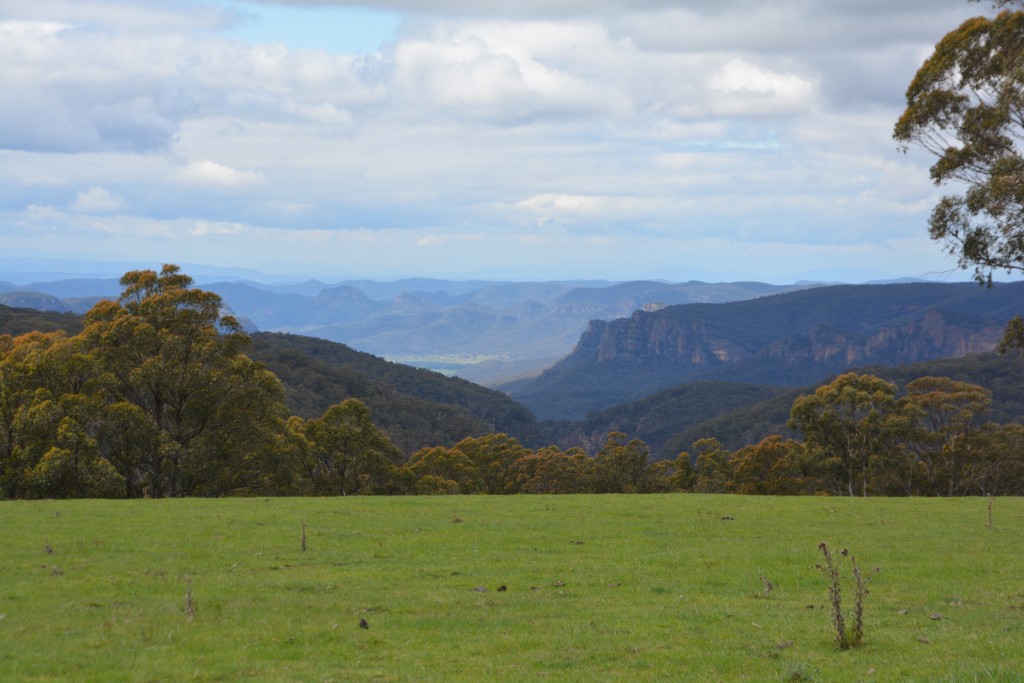
We followed the rough track to the top ridge of Nullo Mountain near where Jessie lived in a cave. The views down into the Widden Valley were spectacular
We drove ‘the long way’ through Capertee Valley to take in its grand dimensions and admire the beautiful escarpment that forms the valley. We ended our first day in the small town of Kandos, known for its huge cement works factory (‘we made the cement that made Sydney’) and to a much lesser degree as a place Jessie occasionally visited to see her brother and subsequently spent time in the local jail.
Today Kandos has a cute little museum that highlights their history with cement (the first town in Australia with cement electricity poles!) and is planning to rev up to tell the story of Jessie. Currently their only item is Jessie’s teapot which was recovered from the cave she lived in high up in the mountains.
The next day we drove up the winding dirt track to the upper reaches of Nullo Mountain, frequently reaching above 1,100 metres, trying to imagine what it must have been like for a young woman to live in these inhospitable mountains. When she needed money, or sometimes driven by the company she kept, she would drop down into the valley, steal some cattle and drive them back up into the mountains to hold them in some hidden pens. When the time was right she and her associates would put on disguises and drive them to another town to sell them – not a bad gig if you don’t get caught!
At the end of the 4WD track Julie and I took a short walk along the ridge of the mountain on what is now known as the Bicentennial Trail (a continuous trail from the outskirts of Melbourne to Cooktown in far north Queensland) and took in the beautiful Aussie bush that we enjoy so much, trying to imagine what it was like for Jessie in these hills, maybe in winter when it snows, maybe when she was short of supplies or being chased by the persistent police. Did she stop to admire the beautiful ghost and ribbon gums, the flowering wattle, the ever-present kangaroos and the occasional wombat or echidna like we did? I hope so for it is magnificent country, still hidden, almost forgotten, barely reachable. Jessie, where are you?
If you want to find out more about Elizabeth Jessie Hickman you can read the original book that started the recent interest in her, The Lady Bushranger by Pat Studdy-Clift (1996) or the updated – and more accurate – story written by Jessie’s grand daughter called Out of the Mist by Di Moore (2014). They are both written in a quirky style which is not mainstream but that’s all the better to enjoy them. I am sure that Jessie would approve.
